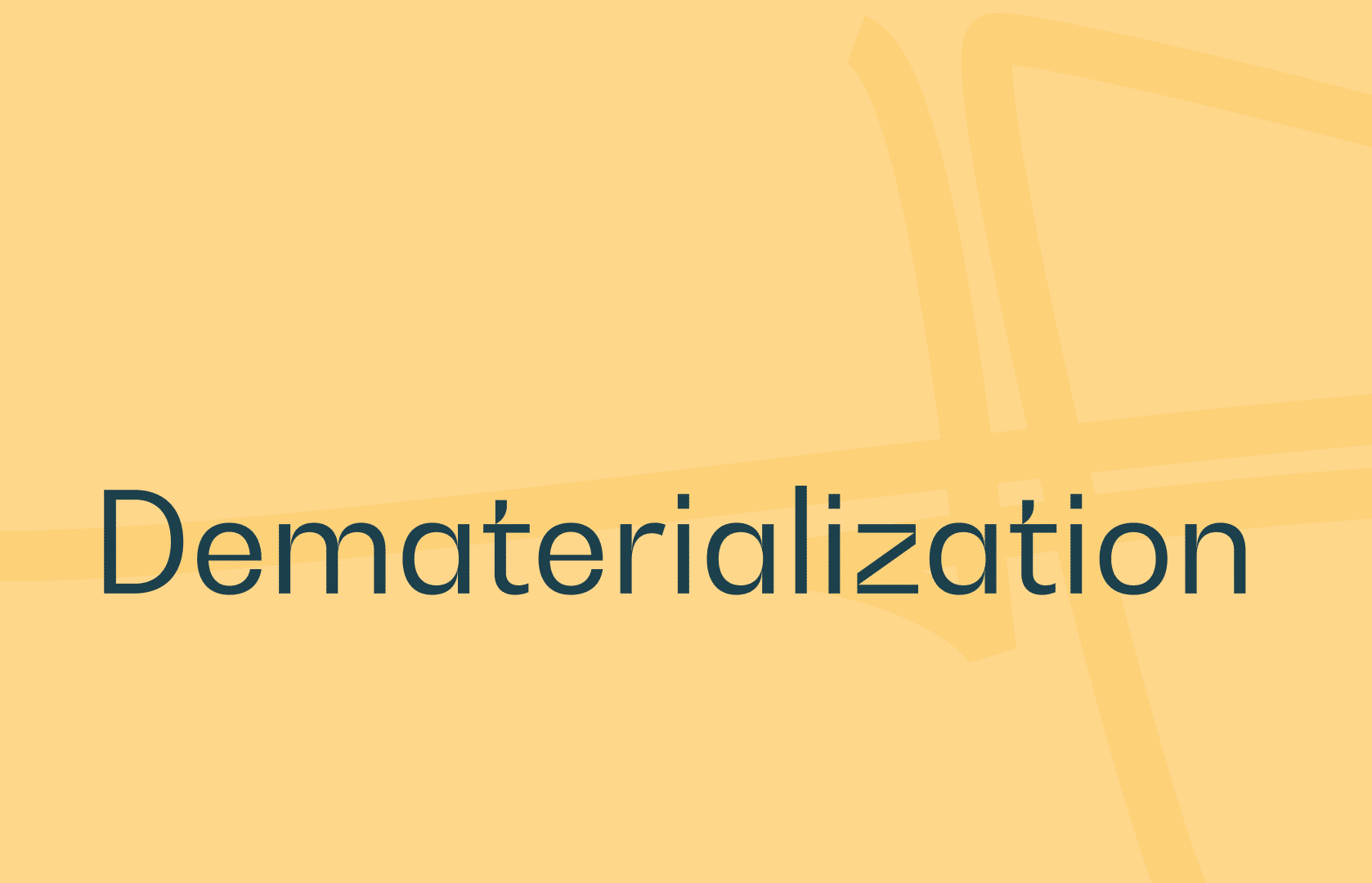The Sharable Content Object Reference Model (SCORM) is a defined data model created by an American initiative to enable e-learning content to be shared and reused across LMS platforms. The main function of SCORM is to enable communication between learning content and LMS platforms. A learning module that involves exchanges between mobile applications or software. A typical SCORM course can also be used to transmit a follow-up report on the activities carried out by students enrolled in a course.
Developed by the U.S.-based Advanced Distributed Learning organization, SCORM appeared at the beginning of e-learning. A first version was released in January 2001. It now has three different versions to its credit.
The second version, more powerful than the first, simplified content transfer between LMS platforms and grouped this content in a ZIP format package called Package Interchange File (PIF). The latest SCORM version helps to integrate a wider range of applications. This version was created under the TIN CAN API technology and was renamed in April 2013 Experience API (xAPI).
For distance learning, SCORM generally combines two main functions:
- the format of the file to be shared: a zip file containing all the module’s media.
- The exchange protocol between the module and the LMS platform hosting the module.
How does SCORM training work?
The learner builds a Learning Management System (LMS) that can be exchanged with platforms using the standard: he creates a SCORM module. This module is then attached to a zip file. The zip file contains all the elements of the module, arranged according to a precise nomenclature.
Only then can the learner share the file with other Sharable Content Object Reference Model-compatible platforms. These should recognize the file and allow the learner to use it.
The SCORM standard creates dynamic learning paths and accurately records learning outcomes. Designers can define the way in which the learner can sequence activities. The LMS controls navigation between activities.
The pedagogical concept is to adapt teaching decisions to the particular skills and needs of each student. It takes into account the learner’s profile in the construction of a unique and adapted learning path.
The objectives of the standard are to create standards for the exchange of content between different LMS platforms, and to standardize their integration. These data transfers make it possible to meet the challenges of personalized learning paths.
With the SCORM standard, educational content units are assembled and distributed, to create customized training courses for learners.
What are the drawbacks of SCORM?
With SCORM, training content is set in stone and can only be modified as a whole. This makes it impossible to update training programs to keep pace with changes in the company. The lack of flexibility of SCORM-based courses often leaves training teams at a loss.
Students attending training courses are used to interactive digital content. Learners don’t have the opportunity to react to the content on offer, or to share their views and ideas.
What are the advantages of the Sharable Content Object Reference Model?
SCORM improves content production and management.
The SCORM standard enables communication between learning objects and the learning system, making it possible to retrieve :
- Time spent on training modules and overall training,
- Scores on exercises and assessments,
- Each learner’s learning path and progress
Instructional designers can easily distribute their content across multiple e-learning platforms. This also favors the precision of packages to be transferred when creating new projects.




